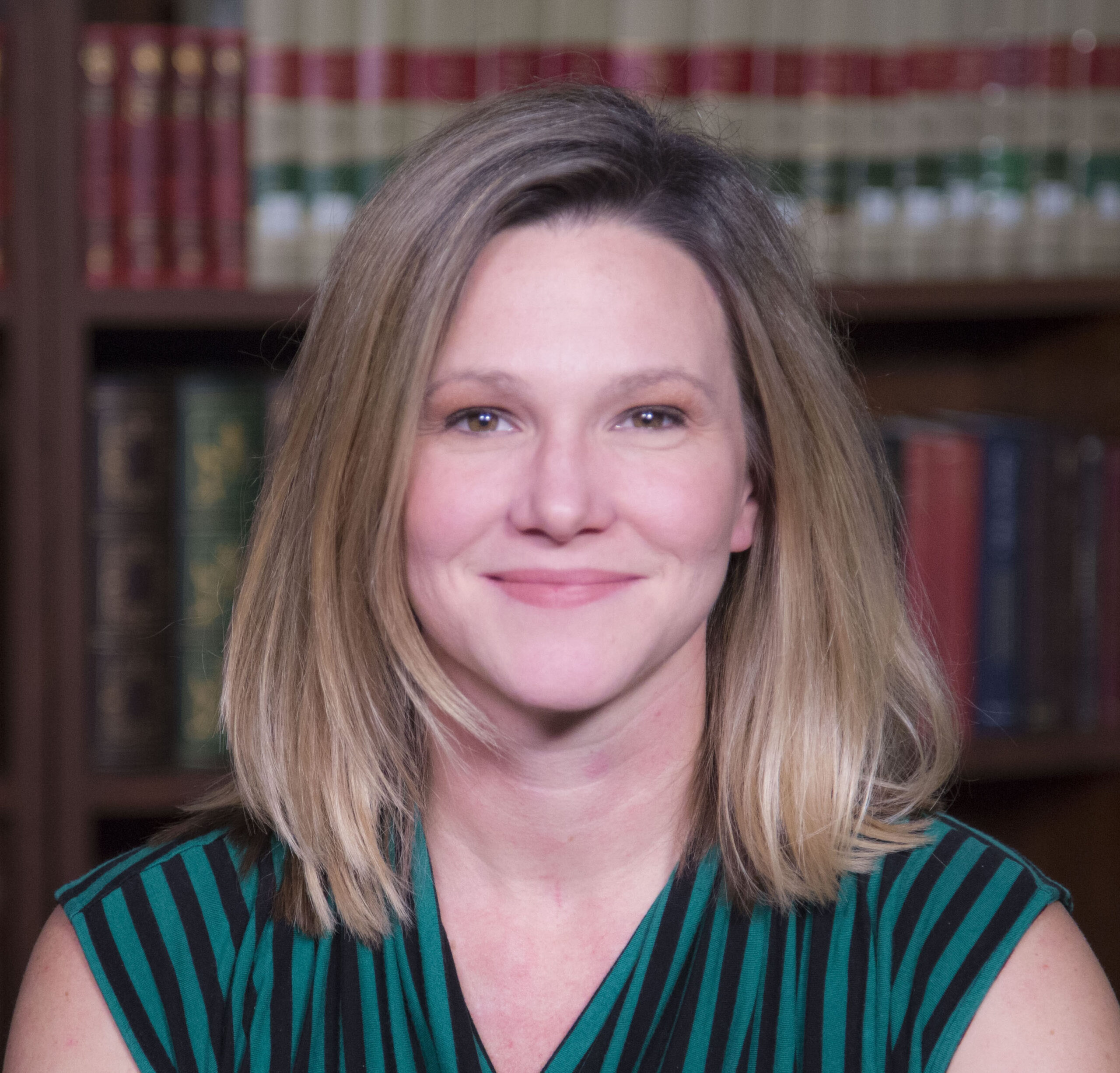
Influence of In-Stream Wood on Stream-Groundwater Connectivity
October 24, 2024
12:00PM - 1:00PM
In-stream wood enhances the connection between streams and groundwater by creating gradients in potential energy that drive flow through the streambed (hyporheic exchange). Here, I begin by presenting basic relationships for hyporheic exchange near a single channel-spanning log as a function of stream flow and log size. I also present flume and field studies that reveal the effects on streambed and surface water temperatures and discuss implications for using large wood structures to create thermal refugia for coldwater fish.
Next, I consider the more complex interactions of logjams, branching channels, and groundwater in steep mountain streams. Using flume and numerical experiments, I show that the presence of multiple jams increases wetted streambed area (the area available for hyporheic exchange) by 9-38% and increases hyporheic flux across the bed by roughly an order of magnitude. The net effect is that the hyporheic zone has greater potential to transform stream water quality.
For low-flow conditions, log jams increase reaction significance per km (a measure of the hyporheic zone’s potential to alter stream water quality) by five-fold, from 0.07 to 0.35. Jams with larger volumes lead to longer hyporheic residence times and path lengths that exhibit multiple scales of exchange.
Additionally, the longest flow paths tend to occur in reaches with multiple jams and channel branches. These findings suggest that large gains in hydrologic connectivity can be achieved by promoting in-stream wood accumulation and the natural formation of both jams and branching channels. More studies are needed at field scales to understand relationships between jams, wetted channel area, and hyporheic fluxes under natural and more complex conditions.
Audrey Sawyer is a Professor of Earth Sciences at The Ohio State University with a courtesy appointment in Civil, Environmental, and Geodetic Engineering. Her research focus is surface water-groundwater interaction in streams and coastal waters. Her overall goal is to understand how fluid flow near the earth’s surface influences water quality and ecology. She and her research group pursue this problem through a combination of numerical and physical modeling and field observations.
She has authored over fifty papers in leading journals, including Science. She is also the recipient of the Kohout Early Career Award in Hydrogeology from the Geological Society of America. Her recent projects include nitrogen cycling in tidally influenced rivers, phosphorus transport in small agricultural streams, algal toxin fate in shallow lakebed sediments, saltwater intrusion, and submarine groundwater discharge at continental scales. She teaches courses in hydrogeology, water issues, and introductory geology.
Audrey received a B.S. in geology and environmental engineering from Rice University in 2004, a M.Sc. in geoscience from the Pennsylvania State University in 2007, and a Ph.D. in geological sciences at the University of Texas-Austin in 2011. She conducted postdoctoral research at the University of Delaware. She has been a visiting scientist at Instituto de Diagnóstico Ambiental y Estudios del Agua (IDAEA-CSIC) in Barcelona, Spain in 2021-2022 and the Department of Civil and Environmental Engineering at the Universitat Politècnica de Catalunya in 2024.

